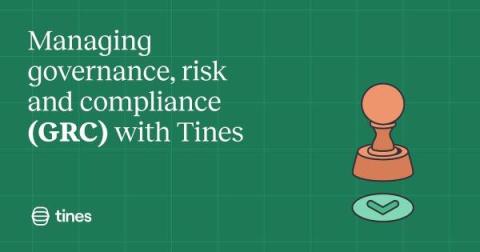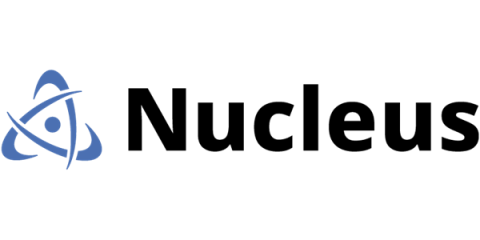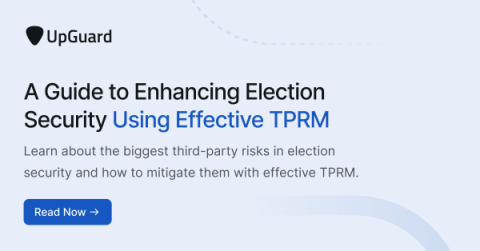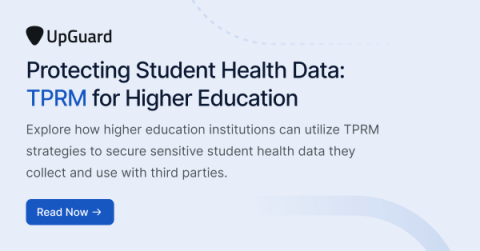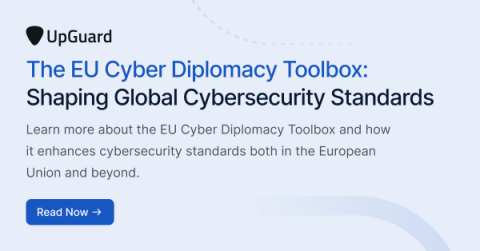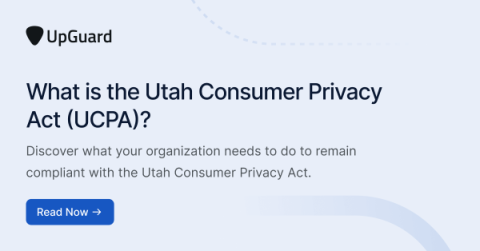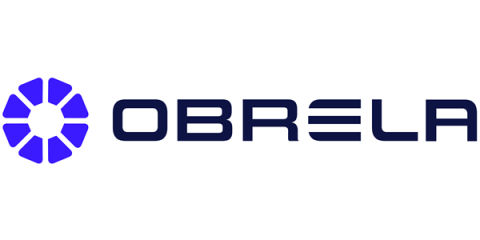Homing the Cyber Risk Analysis Lens: Exploring Macro to Micro Trends
The process of achieving goals, whether long-term, short-term, personal, or professional, starts with harnessing the available relevant data. In fact, the more information gleaned beforehand, the more likely the mission will be a success. However, the details required for devising an effective plan exist at various granular levels, some overarching, focusing on the broader elements, and others more minute.



